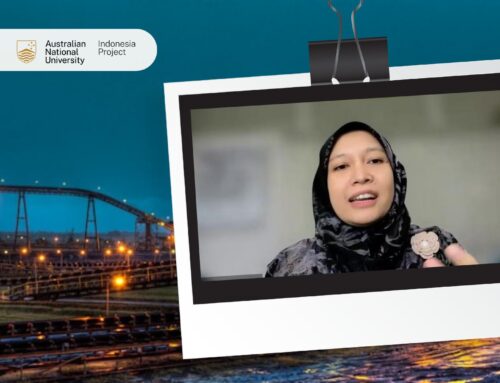
Source: McKinsey
On the 19th December 2017, Pusat Studi Hukum dan Kebijakan Indonesia (PSHK) hosted another FKP seminar at Indonesia Jentera School of Law. This session was separated into two parts with two different speakers with two different topics. The first speaker was Mulki Shader from PSHK who presented on contracts and ease of doing business. The second speaker was Miko Susanto Ginting also from PSHK on the accountability of authority and procedures simplifications to build integrity system in law enforcement.
Mulki Shader open his session with a brief explanation on Ease of Doing Business (EODB) ranking and standards set and oversees by World Bank with its 11 indicators. Currently in terms of ease of doing business Indonesia is ranked 72nd and it has been improving ever since 2015 when Indonesia was ranked 120th but President Jokowi wants Indonesia to at least reach rank 50. Although Indonesia’s ease of doing business have been improving in almost all levels but in terms of enforcing contracts Indonesia have barely been improving. There have been innovation before EODB 2018 which are Perma 2 tahun 2015 on simple lawsuit and Perma 1 tahun 2016 on mediation. However it is clear that there need to be more and two things that could be improved on which are Verdict Executions and Justice Automation.
On the second part of the session, Miko Susanto Ginting explain on how there is a tendency in Indonesia to keep on creating new institution to supervise existing law enforcing institutions which would lead to Nirvana Fallacy. It is important to internalize that corruption is a phenomenon from abuse of authority and as long as there is authority there is a chance of corruption. Through Robert Klitgaard theory we know that to minimize corruption from monopoly and discretion there is a need for high accountability. Thus as long as there is little to no accountability oversight institution will not be an effective solution to counter corruption. Furthermore, with procedure simplification it is possible to do accountability test to most if not all steps in the procedures. Although, it is best to keep in mind that simplifying procedures is not as simple as cutting the number of process as there is a need to map the whole procedures and understand each steps and every push and pull factors of corruptions.




